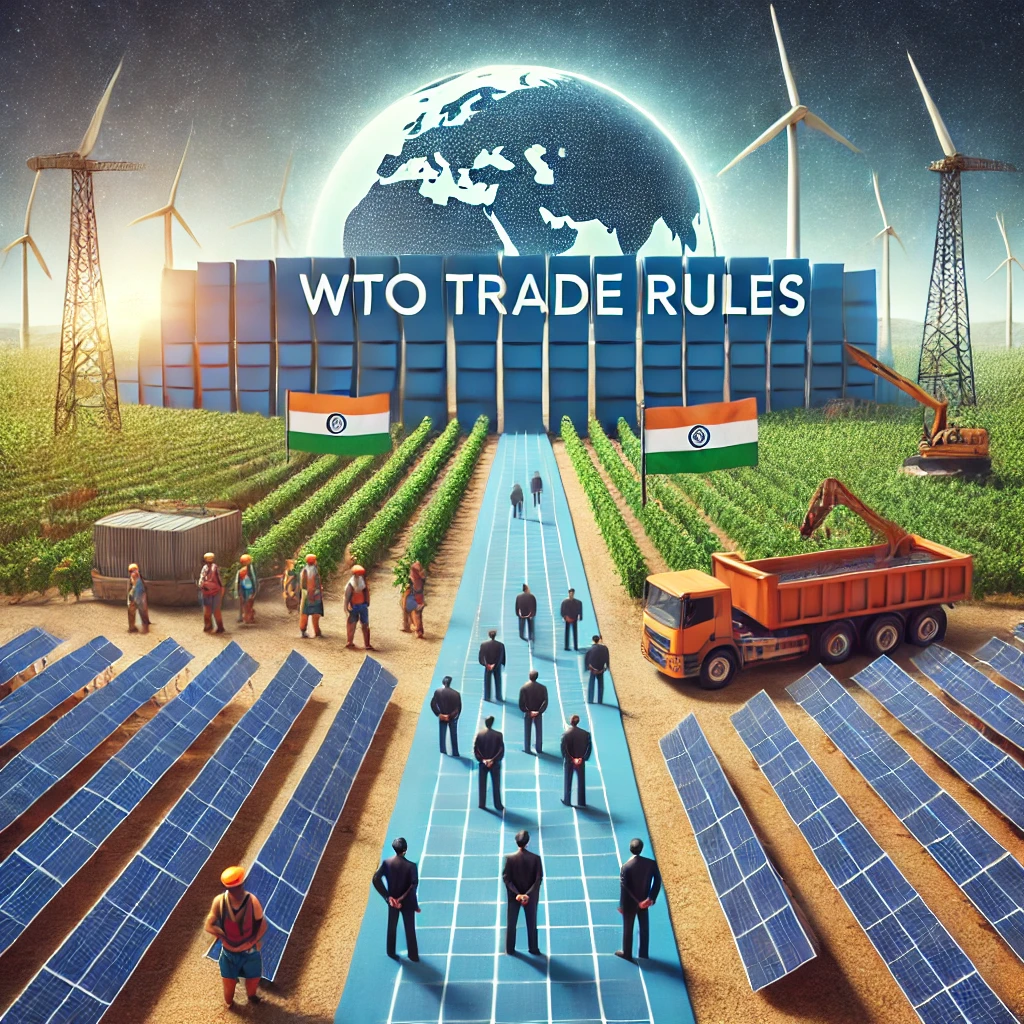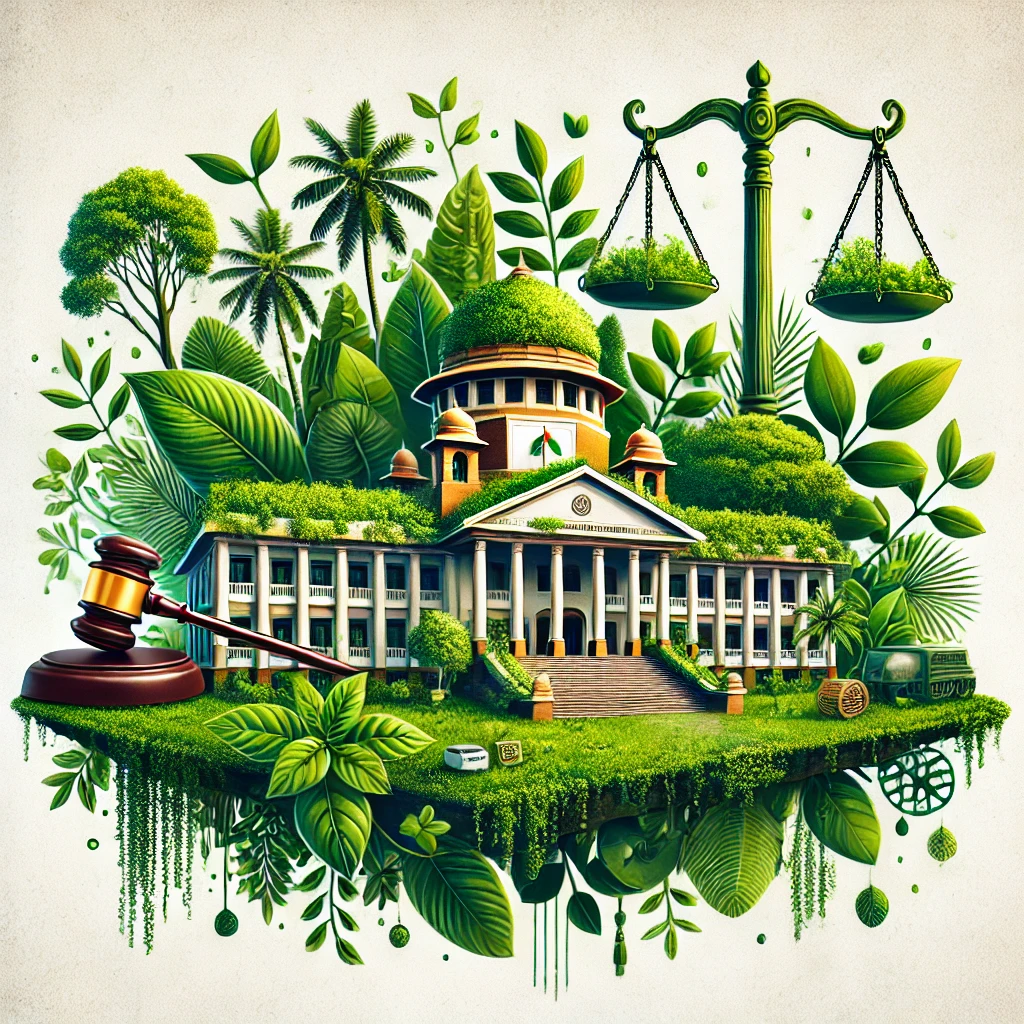Environmental laws at Montenegro
Montenegro, located on the Adriatic coast in Southeastern Europe, has made significant strides in establishing environmental laws and policies to address its natural resource management, biodiversity conservation, and sustainable development. The country's environmental framework is aligned with both European Union (EU) standards and international environmental agreements. Below is an overview of Montenegro's key environmental laws and regulations:
1. The Constitution of Montenegro (2007)
Objective: Montenegro’s Constitution enshrines environmental protection as a fundamental right of its citizens.
Key Provisions:
Right to a Healthy Environment: The Constitution guarantees the right to a healthy environment, obliging the state to protect and improve the environment.
Sustainable Development: It recognizes the importance of sustainable development, balancing economic growth with environmental preservation.
2. Environmental Protection Law (2011)
Objective: The Environmental Protection Law establishes the legal framework for the protection of Montenegro's natural resources, ecosystems, and public health.
Key Features:
General Environmental Protection: The law defines general principles for environmental protection, including the prevention of environmental pollution and the use of natural resources in a sustainable manner.
Pollution Control: It sets out provisions for regulating air, water, and soil pollution, with the goal of reducing emissions from industrial activities, transport, and agriculture.
Public Participation: The law provides mechanisms for public involvement in environmental decision-making processes, such as public consultations for projects that may impact the environment.
Environmental Impact Assessments (EIA): It requires EIA for major projects to assess their potential effects on the environment and identify ways to minimize or mitigate environmental harm.
3. The Law on Nature Protection (2009)
Objective: This law governs the conservation and management of Montenegro’s natural heritage, including its biodiversity and protected areas.
Key Features:
Protected Areas: The law establishes various categories of protected areas, including national parks, nature reserves, and special nature zones, to conserve biodiversity and natural landscapes.
Biodiversity Conservation: It provides measures to protect species and habitats of national and international importance, in line with Montenegro’s commitments under the Convention on Biological Diversity (CBD).
Protection of Forests and Wildlife: The law includes provisions for the protection of forest ecosystems and wildlife, focusing on preventing illegal hunting, logging, and habitat destruction.
Sustainable Use of Natural Resources: It emphasizes the sustainable management of natural resources, such as timber, water, and marine ecosystems.
4. Water Law (2010)
Objective: The Water Law regulates the use and management of water resources in Montenegro, focusing on water quality, supply, and protection of aquatic ecosystems.
Key Features:
Water Resource Management: It establishes principles for the sustainable use of water resources, including the protection of surface and groundwater bodies.
Water Pollution: The law regulates water pollution prevention, particularly from industrial, agricultural, and municipal wastewater.
Integrated Water Management: The law promotes an integrated approach to managing water resources, ensuring that water use is balanced with conservation and environmental protection goals.
Flood Risk Management: It includes provisions for managing flood risks, particularly in regions vulnerable to floods.
5. The Law on Air Protection (2015)
Objective: The Air Protection Law regulates air quality in Montenegro, aiming to reduce pollution from industrial sources, transport, and energy production.
Key Features:
Air Quality Standards: The law sets air quality standards in line with EU regulations, focusing on pollutants such as particulate matter (PM10), sulfur dioxide (SO2), nitrogen oxides (NOx), and carbon monoxide (CO).
Emission Control: It establishes limits on emissions from industrial facilities and power plants, encouraging the adoption of cleaner technologies.
Monitoring and Reporting: The law requires the establishment of air quality monitoring systems and the publication of regular reports on air pollution levels.
6. Waste Management Law (2011)
Objective: The Waste Management Law governs the collection, treatment, and disposal of waste in Montenegro, emphasizing recycling and waste minimization.
Key Features:
Waste Classification and Disposal: It defines the categories of waste (e.g., household, industrial, hazardous) and sets out requirements for their proper management and disposal.
Recycling and Recovery: The law promotes recycling and waste recovery, encouraging the development of infrastructure for waste sorting and recycling.
Extended Producer Responsibility (EPR): The law includes provisions for EPR, requiring manufacturers to take responsibility for the disposal and recycling of products after their useful life, particularly for packaging and electronics.
Landfill Management: It regulates landfill operations, ensuring that waste disposal meets environmental protection standards to prevent soil and water contamination.
7. The Law on Climate Change (2020)
Objective: The Climate Change Law is Montenegro’s national framework for mitigating and adapting to the effects of climate change.
Key Features:
Carbon Emission Reduction: The law sets a target to reduce greenhouse gas emissions, in line with the EU’s Climate and Energy Framework.
Climate Action Plans: It requires the development of national and sectoral climate action plans to reduce emissions, improve energy efficiency, and promote renewable energy sources.
Adaptation to Climate Change: The law emphasizes the importance of climate adaptation measures, particularly for sectors vulnerable to climate change impacts, such as agriculture, tourism, and water resources.
Public Awareness and Education: It encourages public awareness campaigns and educational programs on climate change and sustainability.
8. The Law on Environmental Impact Assessment (2017)
Objective: This law governs the process of conducting Environmental Impact Assessments (EIA) for major development projects.
Key Features:
Mandatory EIAs: It mandates that all major development projects, including infrastructure, industrial, and energy projects, undergo an EIA to assess their potential environmental impacts.
Public Participation: The law requires public participation in the EIA process, allowing stakeholders, including local communities and environmental NGOs, to review and comment on proposed projects.
Monitoring and Compliance: It sets provisions for monitoring the implementation of EIA mitigation measures and ensuring that projects comply with environmental standards.
9. The Law on Green Procurement (2018)
Objective: The Green Procurement Law promotes environmentally sustainable purchasing practices by public authorities and institutions.
Key Features:
Eco-friendly Products and Services: The law encourages the procurement of goods and services that have minimal environmental impact, such as energy-efficient products and sustainable building materials.
Environmental Criteria: It sets criteria for evaluating products and services based on their environmental performance throughout their lifecycle, from production to disposal.
10. The Law on Forests (2010)
Objective: The Forest Law governs the protection, management, and sustainable use of Montenegro's forest resources, which are essential for the country’s biodiversity and carbon sequestration.
Key Features:
Forest Management: The law regulates the management of state and private forests to ensure sustainable use and prevent illegal logging.
Forest Conservation: It includes provisions for the conservation of forest ecosystems, which are important for maintaining biodiversity, soil protection, and water management.
Reforestation: The law promotes reforestation efforts and the prevention of forest fires.
11. The Law on Protected Areas (2010)
Objective: The Law on Protected Areas establishes a legal framework for the creation and management of protected areas in Montenegro, including national parks, nature reserves, and other conservation zones.
Key Features:
National Parks and Nature Reserves: The law allows for the designation of national parks and nature reserves to protect valuable ecosystems and species.
Biodiversity Conservation: It includes measures for protecting flora and fauna, ensuring that development activities do not harm protected areas.
Tourism in Protected Areas: The law regulates tourism and recreation in protected areas to ensure that such activities are compatible with conservation objectives.
Challenges and Opportunities
Challenges:
Enforcement of Environmental Laws: The enforcement of environmental regulations remains a challenge, particularly in rural areas where monitoring is difficult.
Illegal Waste Disposal and Pollution: Illegal dumping and pollution from industries and urban areas continue to threaten Montenegro's environment, particularly in its coastal regions.
Climate Change: Montenegro faces risks from climate change, such as rising sea levels, extreme weather events, and disruptions to water resources, requiring robust adaptation measures.
Opportunities:
EU Integration: Montenegro’s aspirations to join the European Union provide an opportunity to align its environmental laws with EU standards and access funding for environmental projects.
Sustainable Tourism: Montenegro’s natural beauty, including its Adriatic coastline and mountainous terrain, presents opportunities for sustainable tourism development, emphasizing eco-tourism and biodiversity conservation.
Renewable Energy: Montenegro has significant potential for renewable energy, particularly hydropower and solar energy, which can help reduce reliance on fossil fuels and support climate mitigation efforts.
Conclusion
Montenegro has developed a strong legal framework for environmental protection, aligned with EU standards, to address issues such as pollution control, biodiversity conservation, waste management, and climate change. The Environmental Protection Law, Water Law, Air Protection Law, and Law on Nature Protection are among the key pieces of legislation ensuring sustainable management of the country’s natural resources. While challenges remain, such as enforcement and climate change adaptation, Montenegro has the legal infrastructure to promote environmental sustainability and contribute to global environmental goals.




























0 comments